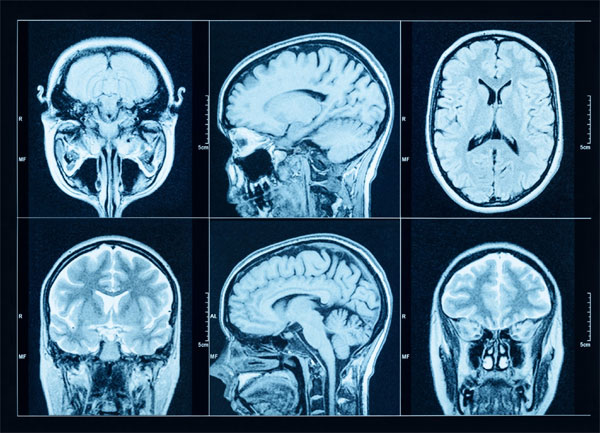Daijiworld Media Network - New Delhi
New Delhi, Oct 2: In a landmark discovery, scientists from the University of Cambridge and University College London have, for the first time, directly visualised the molecular trigger of Parkinson’s disease in human brain tissue — a development that could revolutionise early diagnosis and treatment strategies.
Using a pioneering imaging method called ASA-PD (Advanced Sensing of Aggregates for Parkinson’s Disease), researchers successfully identified and analysed microscopic protein clusters known as alpha-synuclein oligomers. These clusters are widely believed to play a key role in the onset and progression of Parkinson’s but have, until now, remained undetectable in actual human brain tissue due to their minuscule size.

“Oligomers have been the needle in the haystack, but now that we know where those needles are, it could help us target specific cell types in certain regions of the brain,” said Professor Lucien Weiss of Polytechnique Montréal, co-leader of the study.
The research, published in Nature Biomedical Engineering, shows that while oligomers are present in both healthy and Parkinson’s-affected brains, those in Parkinson’s patients were larger, brighter, and more abundant — indicating a likely connection to disease development.
The breakthrough came through the combination of ultra-sensitive fluorescence microscopy and ASA-PD, which together amplify the weak signal of oligomers while minimising background noise. This allowed the researchers to detect millions of individual oligomers in post-mortem brain samples.
Dr. Rebecca Andrews, who conducted the study during her postdoctoral work at Cambridge, described the significance: “This is the first time we've been able to look at oligomers directly in human brain tissue at this scale. It’s like being able to see stars in broad daylight. It opens new doors in Parkinson’s research.”
In a crucial finding, the team also identified a previously unknown subclass of oligomers that appeared only in the brains of Parkinson’s patients. These specific protein forms could potentially serve as early biomarkers, years before clinical symptoms emerge — a discovery that may enable much earlier diagnosis and intervention.
The implications go beyond Parkinson’s disease. The team believes this technique could be adapted to study other neurodegenerative disorders, such as Alzheimer’s and Huntington’s disease, where toxic protein aggregations are also a hallmark.
As the global burden of Parkinson’s continues to grow, this advancement represents a significant leap forward — not just in understanding the disease, but in changing how and when it can be detected and treated.